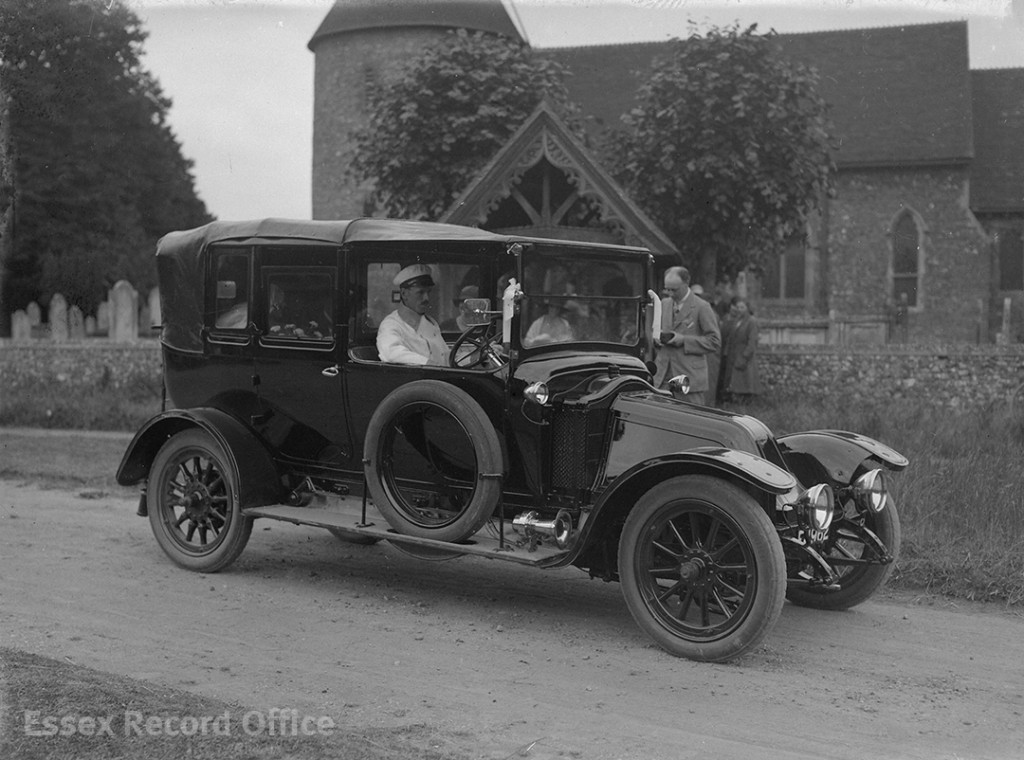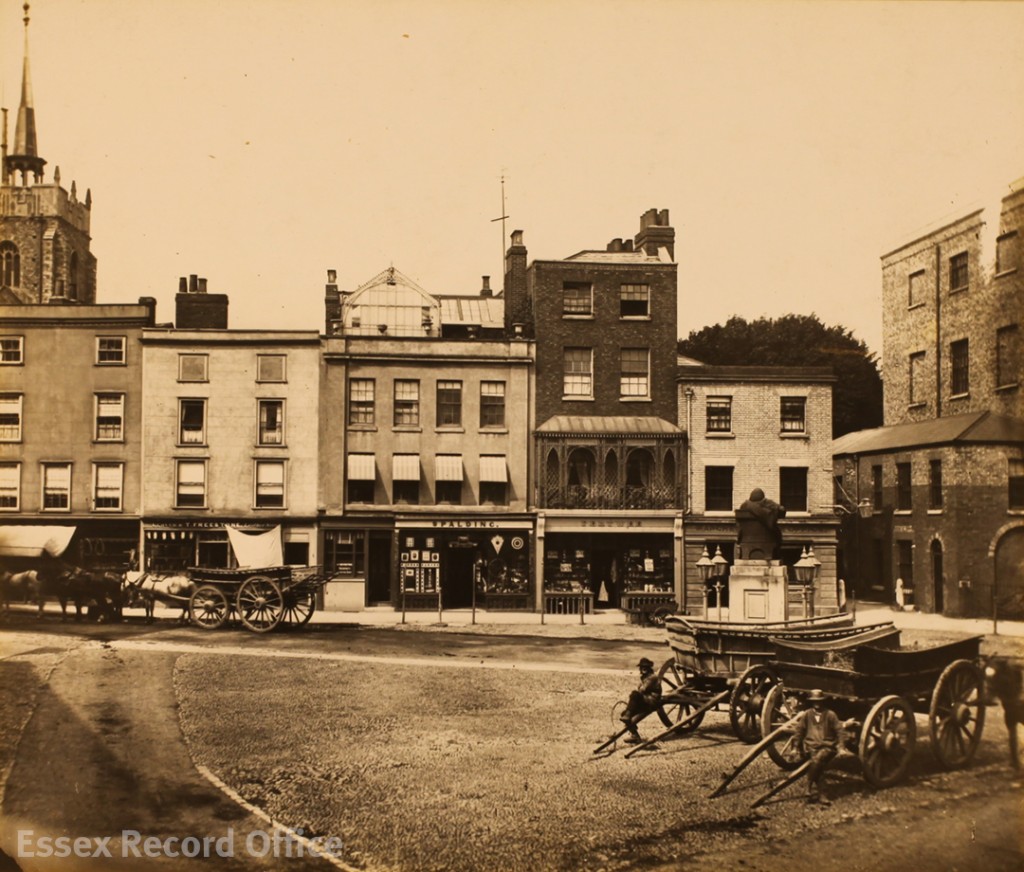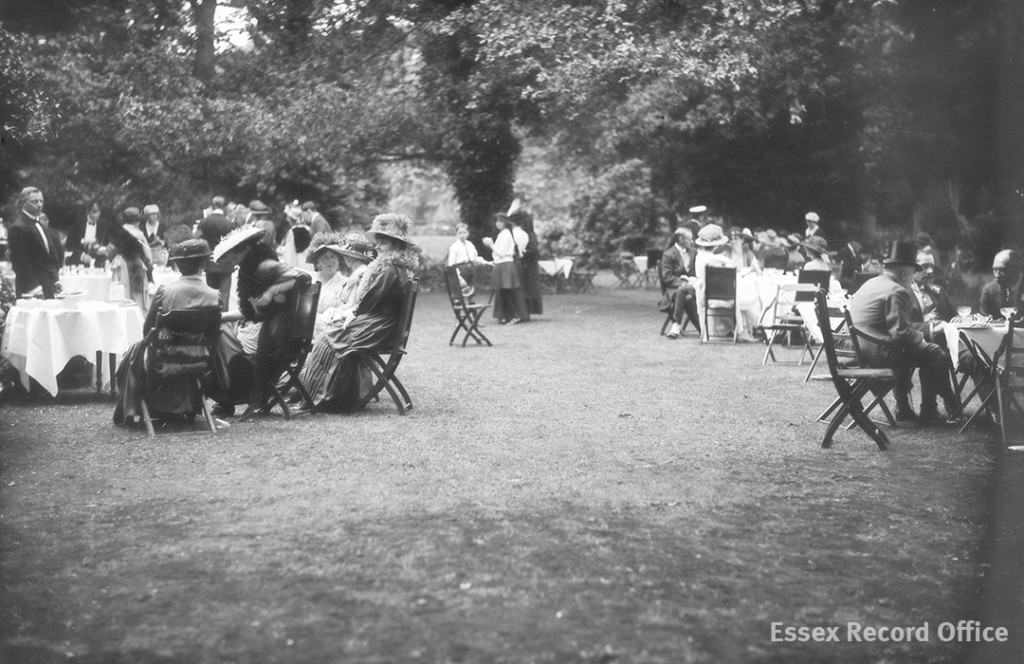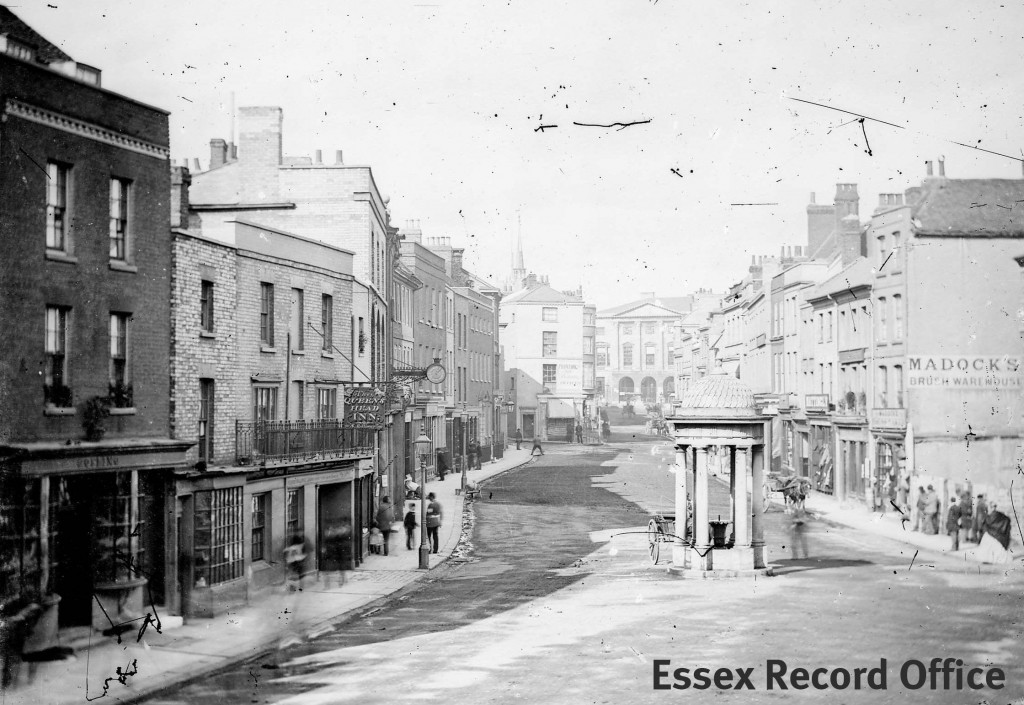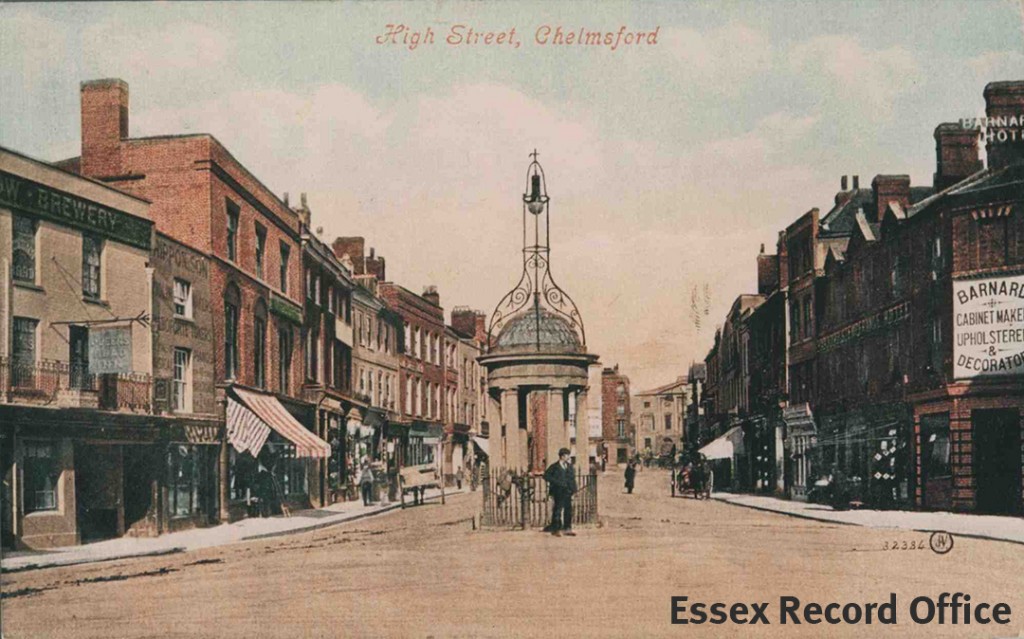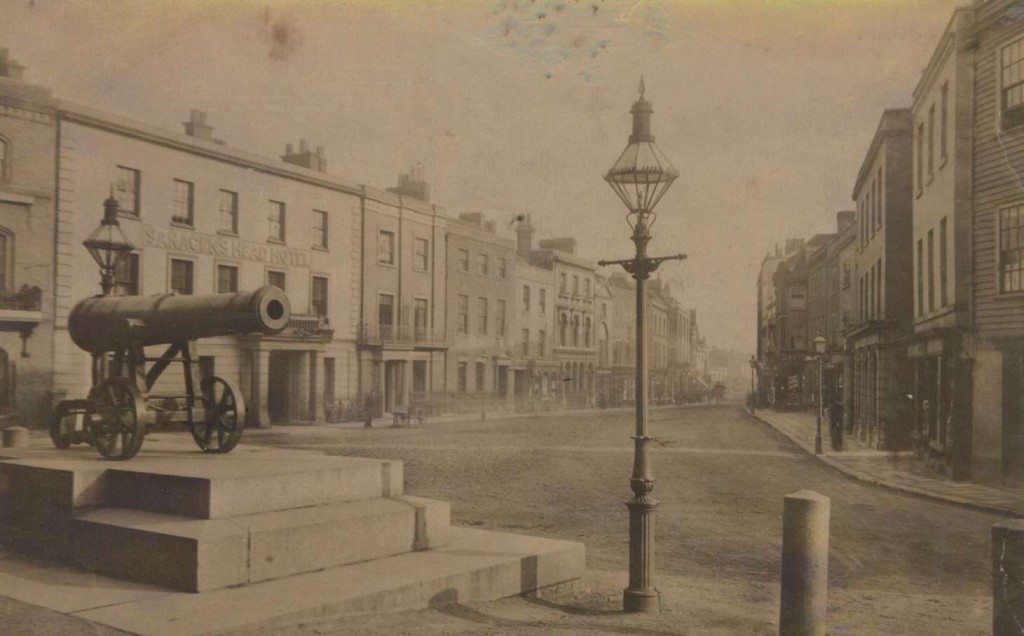Last August we shared some photographs of a stylish society wedding which took place at Hylands House in August 1920, when the daughter of the household, Phyllis Gooch, married Frank Parrish. Their wedding photographs, taken by local photographer Fred Spalding, are high unusual for the time. At this time wedding photographs, when they were taken at all, usually consist of perhaps just one or two images, of the bride and groom leaving the church and a posed family portrait. The cameras and tripods of the time were cumbersome and heavy, and images were made on glass negatives which required long exposures. Phyllis and Frank’s wedding photographs are candid shots of the couple, and their guests enjoying cake and champagne in the gardens at Hylands.
We have come across further evidence of Spalding’s boldly experimental approach to wedding photography, at another highly stylish occasion, this time from 1925.
On first sight of the photographs we did not know who the bride and groom were, or where the wedding took place.
It was this photograph which provided the first clue. The church has a round tower, and since there are not many of those in Essex we were able to quickly narrow down the location of the wedding. Comparison with modern photos confirmed that this is Broomfield church, just north of Chelmsford.
Now we had a location, we turned to the British Newspaper Archive online (if you haven’t used this site yet do take a look, it’s a brilliant resource and you can access it for free at ERO or in Essex Libraries).
After a bit of searching in the Essex papers for the 1920s a likely-looking candidate for our mystery couple emerged – Joan Eileen Walker Hodges and Wilfred Sutton Page, who married in Broomfield church in June 1925. Most weddings at the time were reported with a short notice, but this one was treated by the Chelmsford Chronicle to a couple of paragraphs under the heading ‘Interesting Weddings’.
20-year-old Joan was the daughter of Major Charles Hodges and his wife Louise, who lived at Broomwood Manor in Chignall St James. Wilfred Page was 25, an engineer who hailed from Great Horkesley.

‘The bride, who was given away by her father, wore a handsome dress of ivory georgette, embroidered with crystals and silver, with embroidered veil and pink orange blossoms; her bouquet was of white and pink carnations.’ – Chelmsford Chronicle, Friday 26 June 1925
Joan was accompanied by three bridesmaids, ‘the Misses Joy Owen, Jean Page, and Nellie Libbis’.

‘The chief bridesmaid wore mauve georgette, with crinoline hat to match, gold shoes and stockings, and the children pale pink georgette, with gold lace caps; their ornaments were gold and enamel pendants, and they carried mauve and pink sweet peas.’ – Chelmsford Chronicle, Friday 26 June 1925
The reception was held at the Hodge family home, Broomwood in Chignall St James. In a similar manner to his photographs of Phyllis Gooch and Frank Parrish’s wedding at Hylands in 1920, Spalding captured the couple and guests in informal poses, mingling, eating and drinking.

Wilfred drives Joan away in his Morris Cowley, registration PU 1239. Suitcases and a petrol can are strapped to the running boards.
‘…the newly-married couple left for a motoring honeymoon in Devonshire, the bride’s going away dress being of red and white crepe de chine, with red hat and white sports coat.’ (Chelmsford Chronicle, Friday 26 June 1925)
We hope that the drive down to Devonshire was not too uncomfortable.
You can explore more of the Spalding collection for yourself in our Searchroom, or in our book, The World of Fred Spalding: Photographs of Essex 1860-1940 by Stan Jarvis, copies of which are available to purchase from the ERO for £7.95 by calling 033301 32500.


